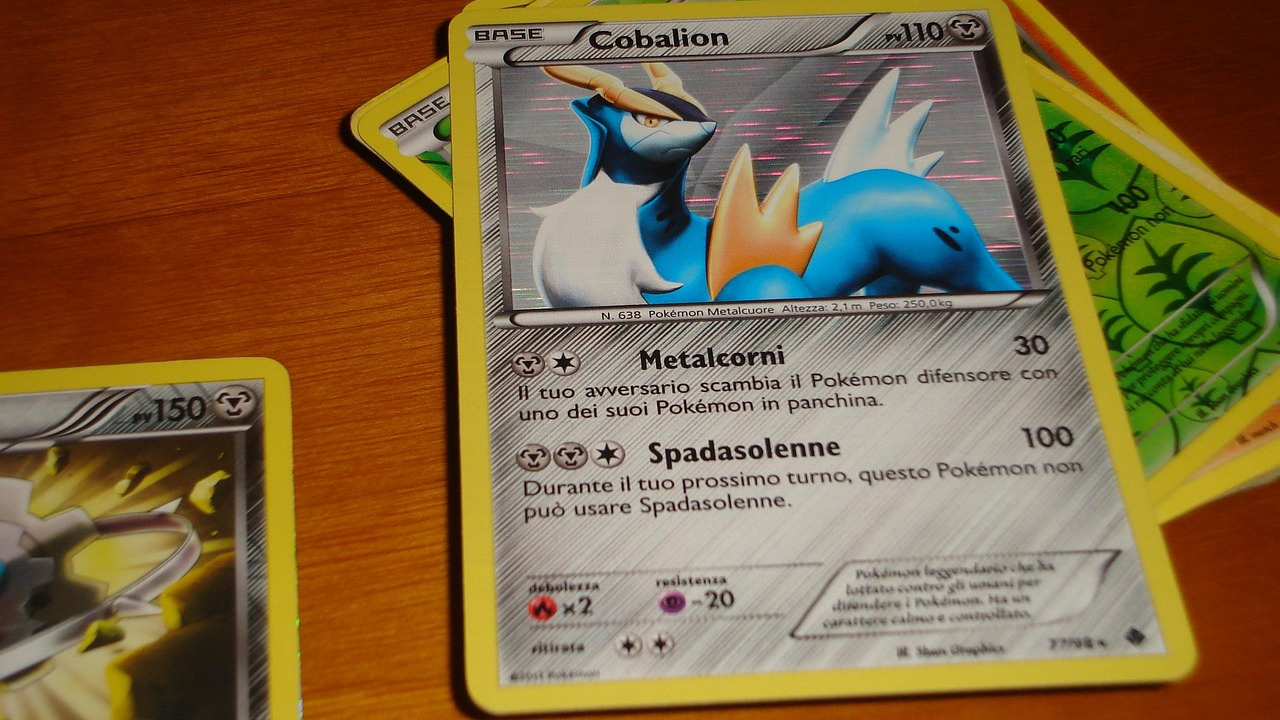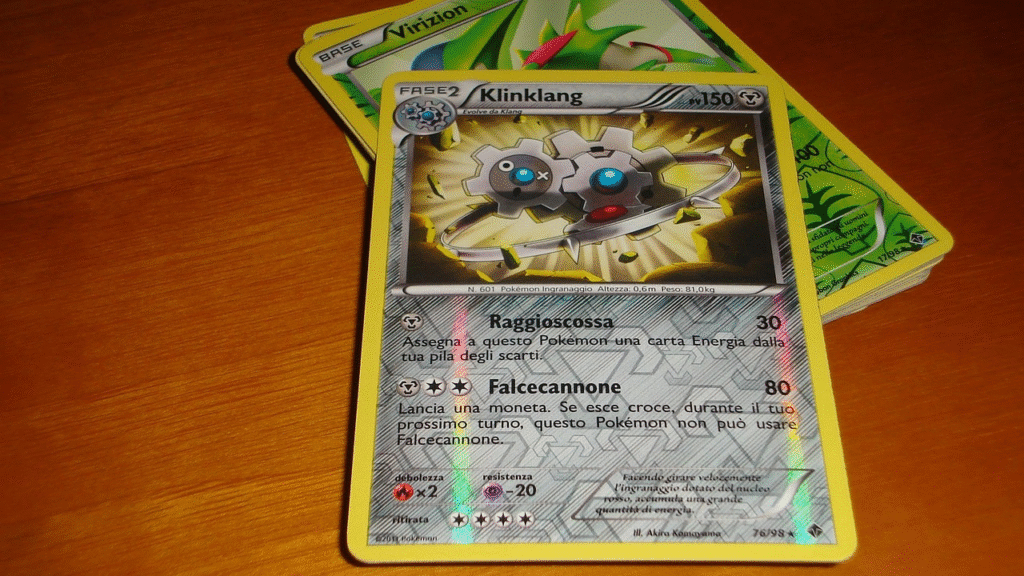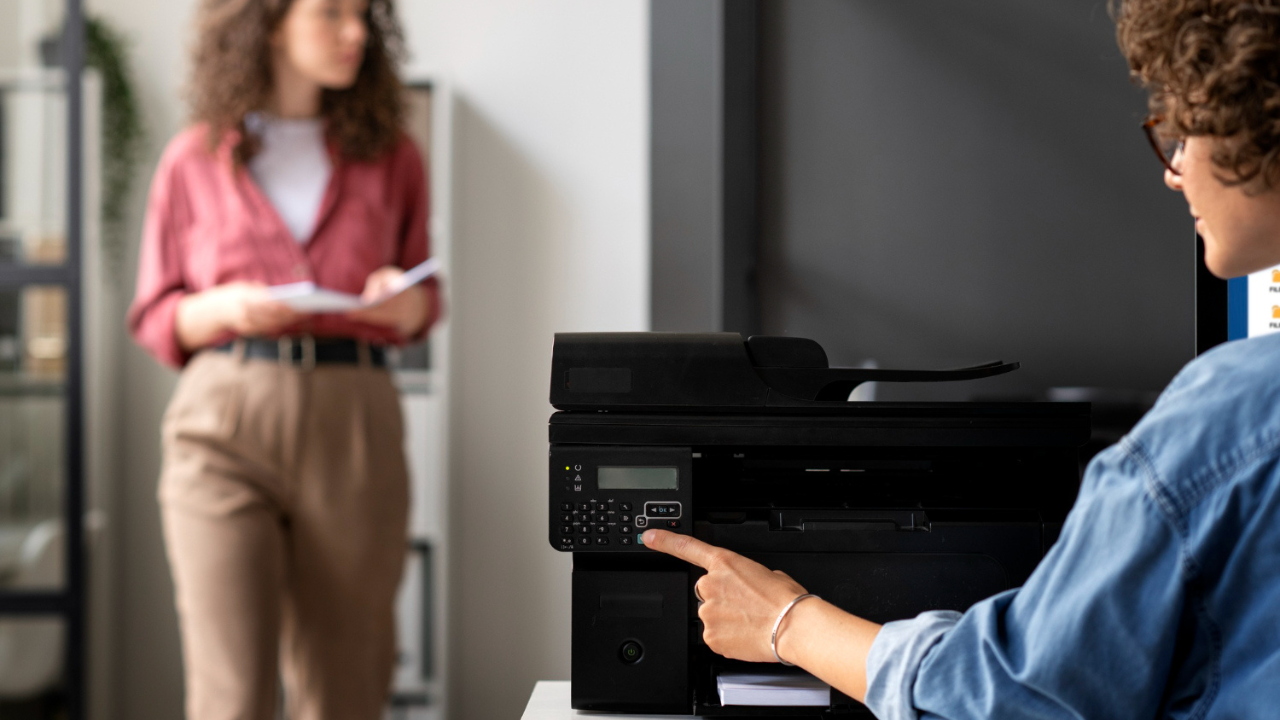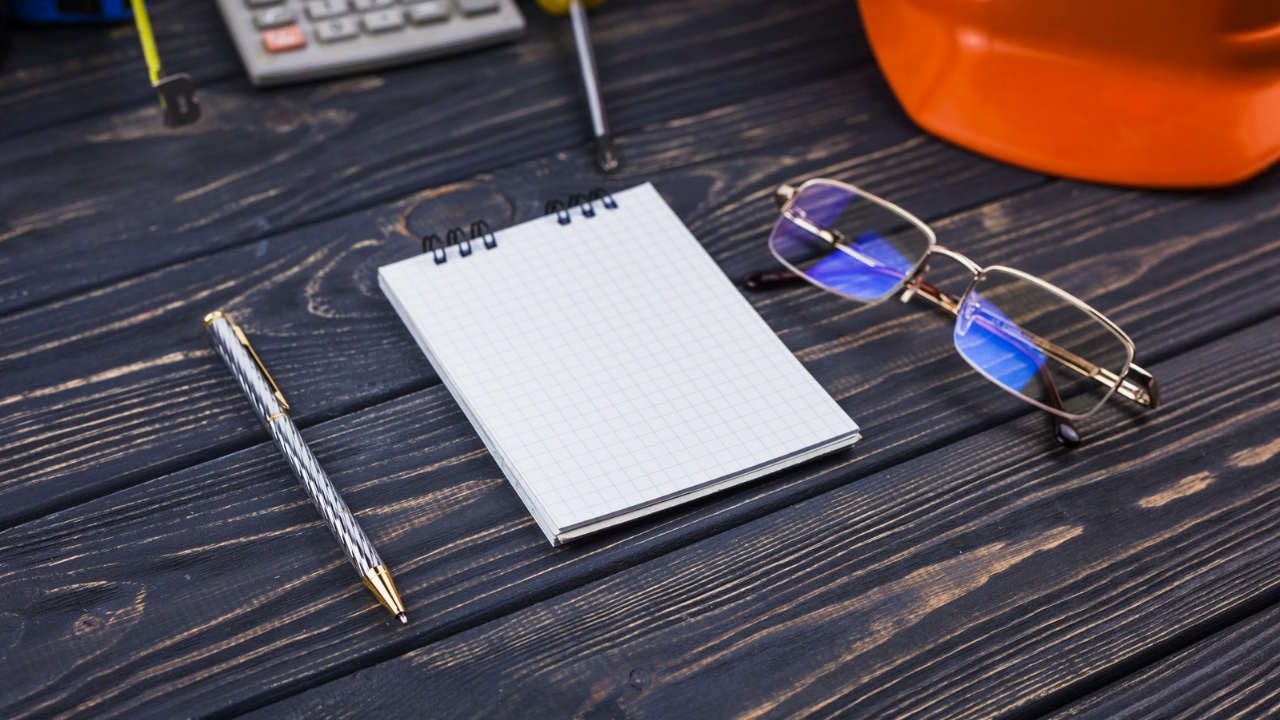
Collectible cards aren’t just bits of cardboard — for many of us, they’re a mix of nostalgia, excitement, and investment.
If you’re into Pokémon, Yu-Gi-Oh!, Magic: The Gathering, or even football trading cards, there’s something uniquely thrilling about tearing open a fresh pack or finally tracking down that rare card you’ve been hunting.
But here’s the tricky part: the world of collecting is booming, and with that popularity comes counterfeits, dodgy sellers, and a lot of confusion about where to buy. Should you stick to online retailers? Or is in-store shopping safer? And how do you make sure you don’t waste your money on fakes?
How To Get Authentic Collectible Cards? Learn The Steps To Follow

Here are some of the steps that will allow the users to get the best quality, authentic collectible cards.
1. Start With Trusted Retailers Of Collectible Cards
This might sound obvious, but the easiest way to avoid fakes is to buy from retailers you know are legitimate. Well-established toy shops and hobby stores often work directly with official distributors, meaning what you get is the real deal.
For example, Mr Toys range of Pokemon cards and other collectibles is a go-to for Australian collectors. They stock official products, so you can feel confident you’re not accidentally picking up a dodgy fake pack.
In the UK, big-name toy stores, hobby shops, or even some larger department stores can be equally safe bets.
If a shop is buzzing with collectors and running community events, that’s usually a very good sign they’re trusted.
2. Learn How To Spot Fake Cards While Getting Collectible Cards
Unfortunately, fakes aren’t rare anymore. With modern printing technology, counterfeiters are getting good at mimicking the look of genuine cards. But there are still a few tell-tale signs.
Here’s what to look out for:
A. Colours And Print Quality
Fake cards often look slightly “off” — either too vibrant or washed out. Genuine cards have crisp, sharp printing with consistent colours.
B. Text And spelling:
Small misprints, blurry fonts, or spelling errors (like “Pokémonn” or “Magikarpk”) are dead giveaways. Official cards don’t make those mistakes.
C. Holographic Pattern:
On holo or foil cards, the shine on genuine ones looks smooth, even, and multi-dimensional. Counterfeits often have flat, “cheap-looking” holographic foil that doesn’t catch the light properly.
D. Card Borders:
Real cards have clean, even borders. On fakes, borders might be too thick, uneven, or off-centre.
- Light test:
Hold the card up to a torch or strong light. Genuine Pokémon cards, for example, have a thin black/blue layer sandwiched in the cardboard. Fakes often let too much light through.
F. Size:
Believe it or not, some counterfeits are just a touch too big or small. If you sleeve your cards, you’ll notice the difference immediately.
G. Smell:
It sounds odd, but collectors will tell you: real cards smell like cardboard ink, and paper. Counterfeits can have a strong chemical or plasticky odour.
H. Packaging (if sealed):
Fake booster packs are often poorly sealed, with off-centre text, strange barcodes, or a looser “crinkly” feel to the foil.
One handy trick if you’re buying Pokémon cards: hold the card up to a torch. Real Pokémon cards have a special black or blue layer in the middle of the cardboard that blocks most of the light. Fakes often let far too much light through.
In-store tip: Bring one of your genuine cards along. Comparing side by side makes spotting a counterfeit much easier.
3. Compare Prices Before You Buy Collectible Cards
We’ve all been tempted by a “too good to miss” deal. But if the price feels too good to be true, it probably is.
Online sellers often sell various cheap fake versions to boost their sales.
Before handing over your cash, check the going rates:
- Look at online marketplaces like eBay, but filter for “sold listings” to see what people are actually paying.
- Check collector forums where hobbyists regularly discuss prices.
This way, you’ll have a ballpark figure in your head and spot when something feels suspicious.
In-store advantage: You’re less likely to run into fake “discount packs” when buying directly from a recognised shop.
Still, be cautious if someone’s selling sealed packs at a market stall; these are often resealed fakes.
4. Buy Collectible Cards In The Store for the Experience
There’s something special about physically walking into a shop, browsing through boxes, and chatting to staff or fellow collectors. Online shopping is convenient, yes, but in-store buying gives you the chance to:
- See the packaging up close: Don’t be shy about picking up the pack and checking it carefully. Look at the seal. The seal must be perfect.
However, counterfeiters and even dishonest resellers sometimes repackage cards.
- Pick from fresh boxes: If a shop is opening a brand-new booster display, ask if you can choose your packs from it.
Moreover, collectors often prefer fresh boxes because they’re less likely to have been tampered with and give you a fairer chance at pulls.
Some collectors actually prefer buying a couple of random packs in-store rather than a whole booster box online.
Why? Because it gives them the fun of chance, plus the reassurance of seeing the packs up close.
Plus, a lot of shops host community events, like trading nights or “pack battles,” where collectors open packs together.
It turns buying into a social experience and often, you’ll pick up insider knowledge about upcoming releases or rare finds.
Pro tip: Ask your local shop if they run a loyalty programme. Many offer discounts, early access to new stock, or even exclusive event invites if you’re a regular.
5. Protect Your Cards Right Away
It doesn’t matter if you’ve just bought one rare single or splashed out on a full booster box — protection is everything. A card’s condition is directly tied to its value, so keeping them safe is a must.
Here’s what to invest in:
- Card sleeves (make sure they’re acid-free).
- Top loaders for particularly valuable cards.
- Binders with protective pages to keep everything neat and organised.
Pro tip: Don’t use cheap sleeves because they cloud up quickly and can even damage cards over time. Spend a little extra on quality ones.
6. Keep Proof Of Purchase
It’s not the most exciting part of collecting, but receipts can be surprisingly valuable.
They prove authenticity, especially for sealed products, and can even boost resale value. Collectors sometimes pay more for sealed boxes if they know they came from a verified retailer.
Online tip: Screenshot your order confirmation and keep it somewhere safe.
In-store tip: Pop your paper receipts in your binder, so they’re always easy to find.
7. Join Collector Communities
However, one of the best ways to avoid scams, learn about new releases, and even find rare cards is by joining a community online.
Many in-store hobby shops run trade nights or tournaments.
These are not only great fun but also a chance to meet fellow collectors who can help you spot fakes or guide you to trusted sellers.
💡Pro tip: Stick to trading with people who have a good reputation. Don’t be afraid to ask to check cards thoroughly before swapping.






